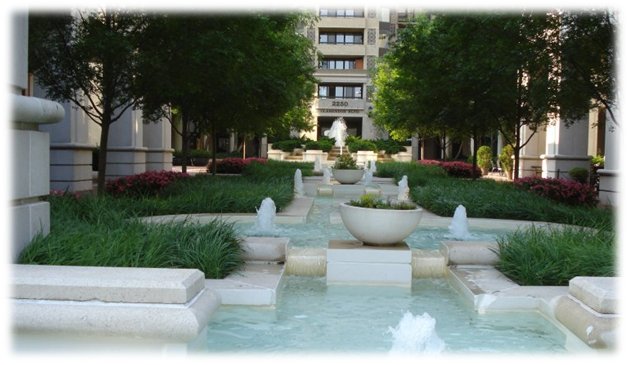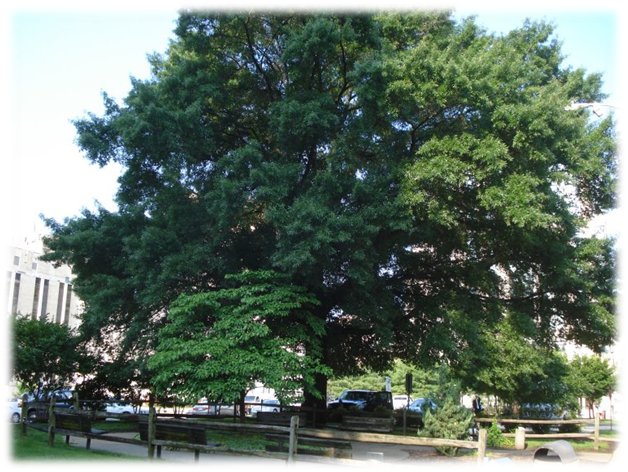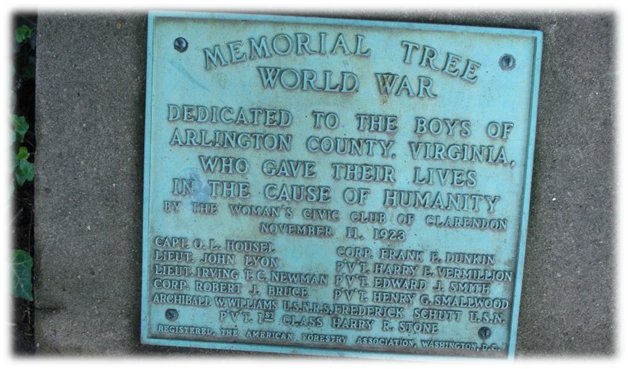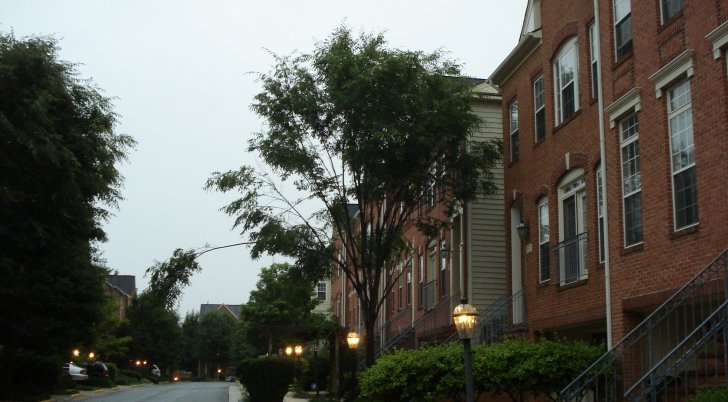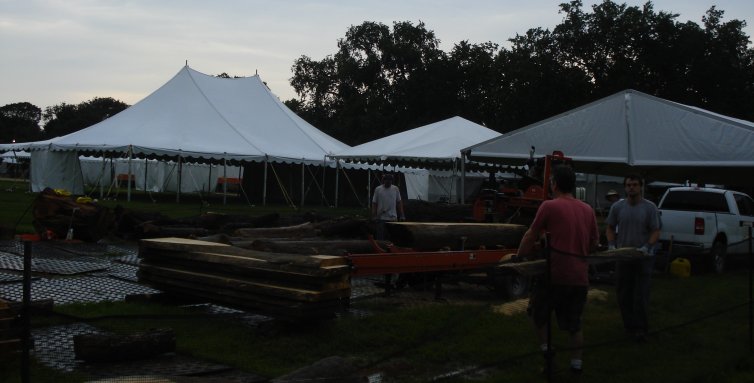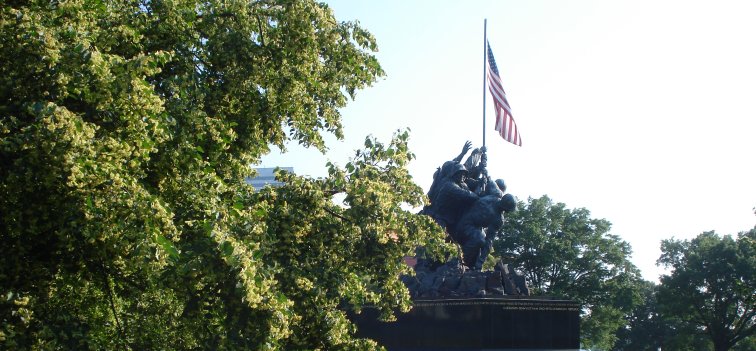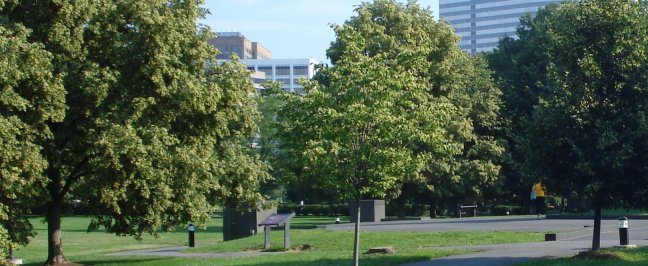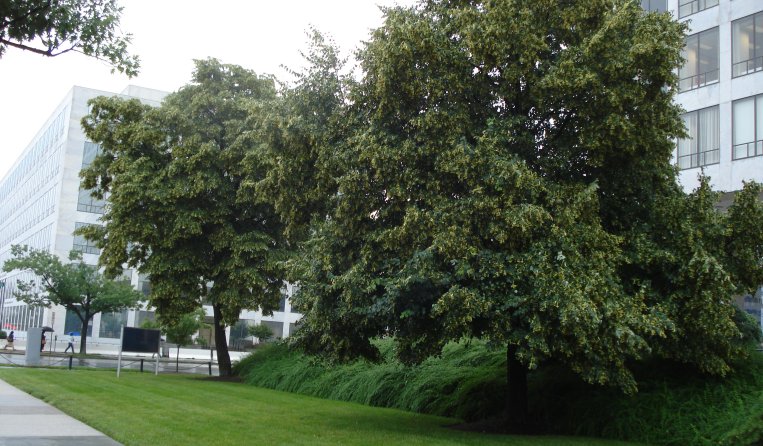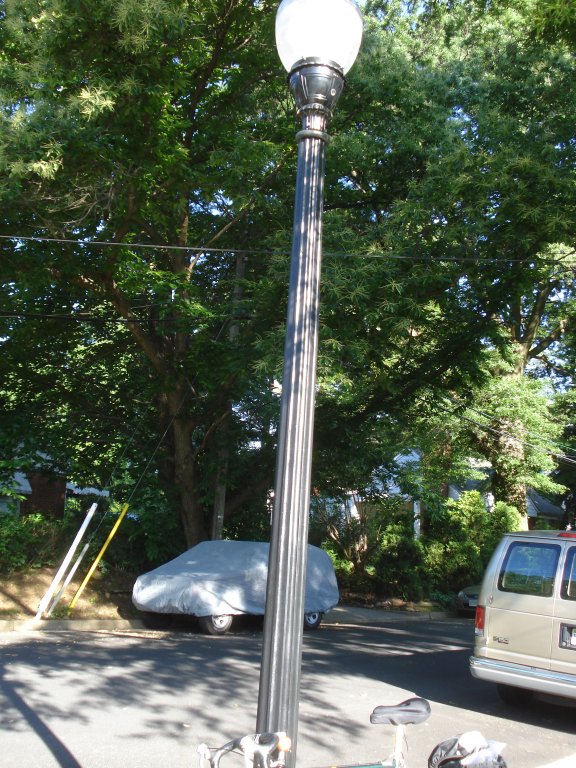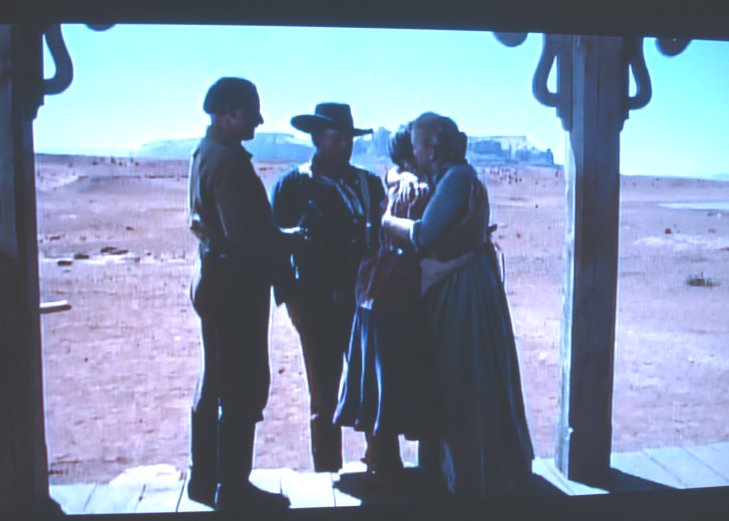The interactive or social media is the future of public diplomacy, but it has the capacity to lead us down lots of blind alleys. Much of this aimless wandering can be avoided if we just don’t make the error of mistaking ONE common person for THE common person. Let me explain.
We group things and people in order to simplify and understand our world and we use shorthand phrases, such as the people of country X to describe very large groups that may have little in common with each other. Marketers, politicians and public diplomacy professional want to reach THE people. The trouble is there is no such thing. No matter the rhetoric, smart marketers, politician & PD practitioners know this. That is why we study polling and demographic data. We try to segment the audience in terms that make sense for our persuasion job.
We know that in any given population, only a small percentage of the people really care about any particular issue enough to get the facts or develop opinions about it and an even smaller number will leverage the opinions of the larger population. These influential people are NOT a random sample of the population. They are people with specific interests, communications skills and access to persuasion methods. The problem is finding them, especially because you have to find different ones for different occasions.
The advent of interactive social media does not solve this problem. Although it empowers us to move much faster, sometimes we might just be moving faster down the path to nowhere and the fastest way to go nowhere in PD is to wrongly identify a representative audience as an influential audience. A representative sample of 1000 people might be sufficient to accurately measure the attitudes of a millions, but it won’t suffice to influence a change in those attitudes. On the other hand, 1000 influentials could indeed affect the course of the nation.
Social media at once reveal and obscure this reality. We can graphically watch the spread of information on platforms such as Facebook or Twitter and see the power of opinion leaders. We knew they were out there but to a long time public diplomacy guy, actually seeing them is as amazing as really seeing gravity or magnetic waves would be for a physicist. But it is more complicated. Physical forces don’t exercise options or free will; people do. Physical particles always react the same way; people don’t. A physical object cannot just lose interest in gravity and stop exerting influence. People … you get the picture.
I have noticed a hazardous trend in public diplomacy. We have started to become much more interested in numbers counted than in influence achieved. Maybe that is because we can so easily generate numbers with our new technologies, while influence is nearly impossible to quantify. Numbers can talk, but they don’t always tell the truth and they never tell the truth unless surrounded by an explanatory context. For example, is it better to reach 1000 people or 100,000 people? You really cannot answer that question until you know the context.
Let me illustrate with my own number fallacy. I fell into it when I started to use Facebook. It is an embarrassingly simple error, but I have since seen it widely. Social media is about friends. The average Facebook user may have 500 friends. So if my Facebook message reaches 500 people, can’t I just multiply by 500 and claim that my audience was 250,000? And by that logic, I would only need 2000 people to reach a million. My job just got a lot easier. Of course, friends’ networks overlap. In some communities, the overlap might be 90%+.
In other words, by reaching one or two, you have already bumped up against boundary of your influence. Adding hundreds or thousands more from the same group may not add any value at all. The total number is meaningless. It is like saying that you want infinity and being disappointed that you had to settle for half of it.
BTW – Business Week has a very good article about what an online friend is worth.
We used to call them boutique programs. They are the kinds of things you set up for an ambassador or a VIP to give him/her the flavor of an issue or area. For example, the VIP talks to a youth audience and leaves with the impression that he/she has met THE youth. He/she has, in fact, spoken maybe sixty people, most of whom know each other (i.e. their communities overlap). It is a very useful exercise, as long as you know what you are getting into and when you leave the boutique you go to talk to opinion leaders and people who can make connections. Then maybe look carefully at some polling data.
You should stay out of the boutique if you think you are getting anything more scientific than a personal impression. Boutique programs are easier to do online and easier to fall into than they are in non-virtual life. So remember whether online or in person, meeting ONE common person, or even fifty or a hundred of them, is not the same as meeting THE common person.
